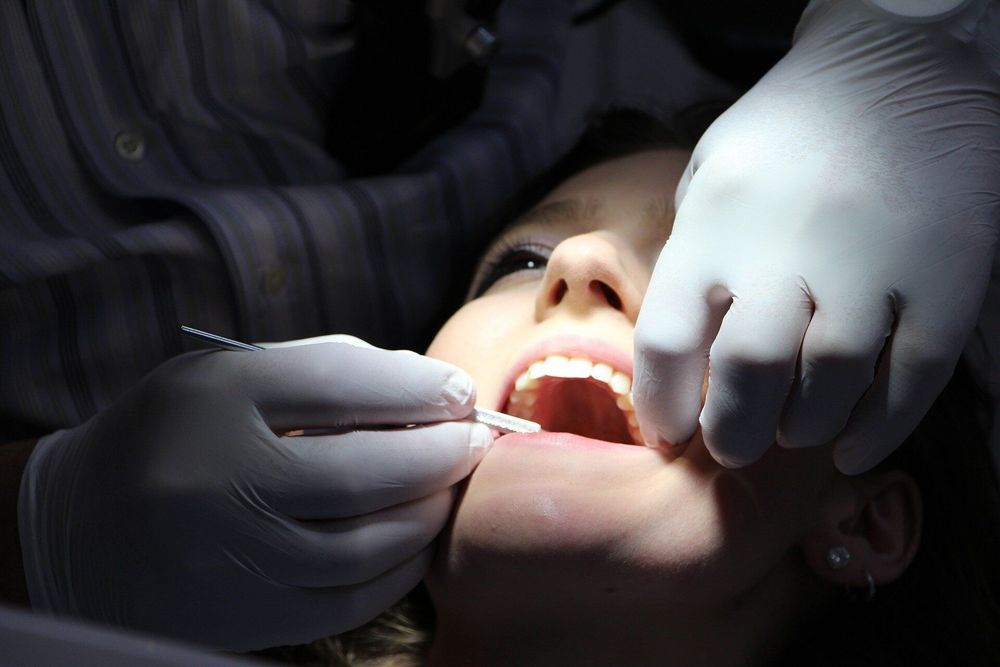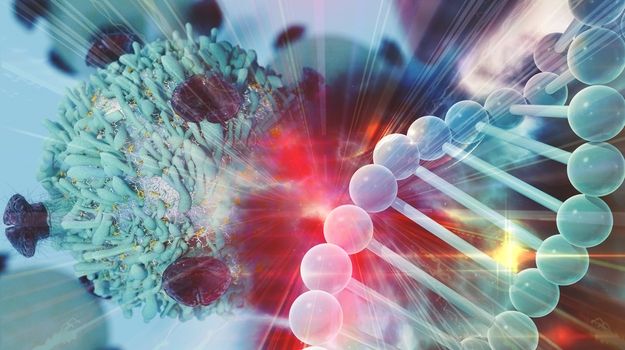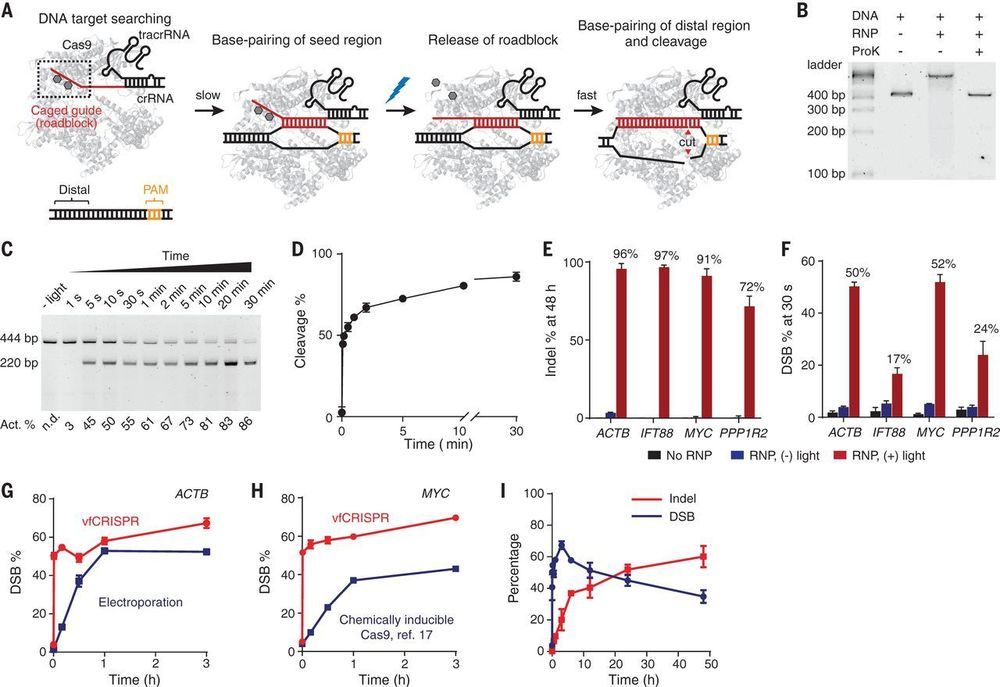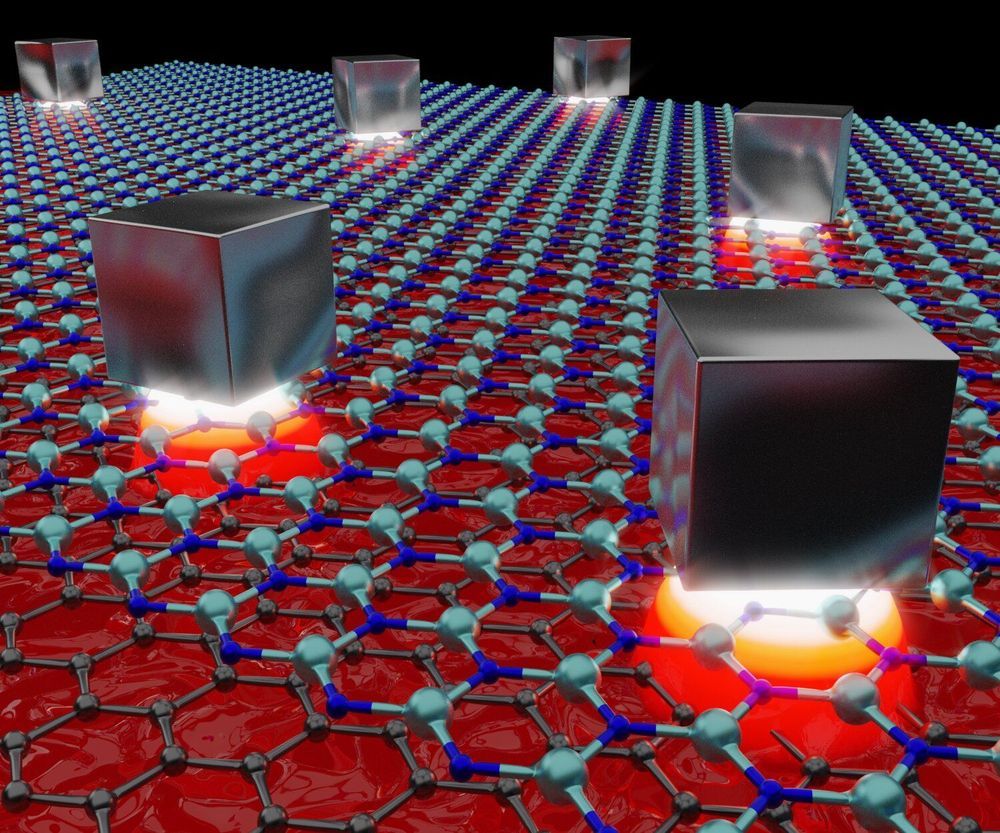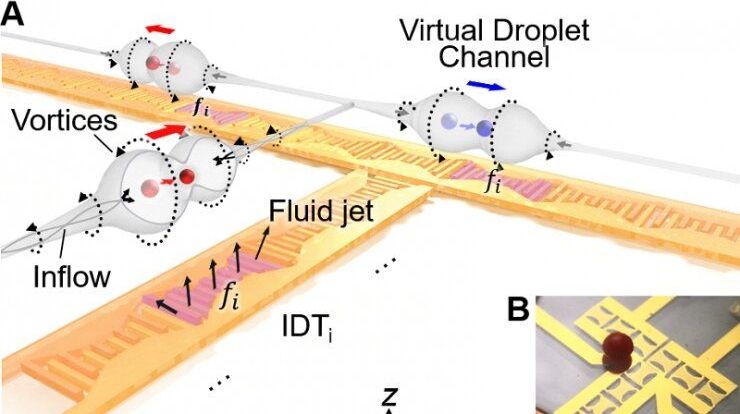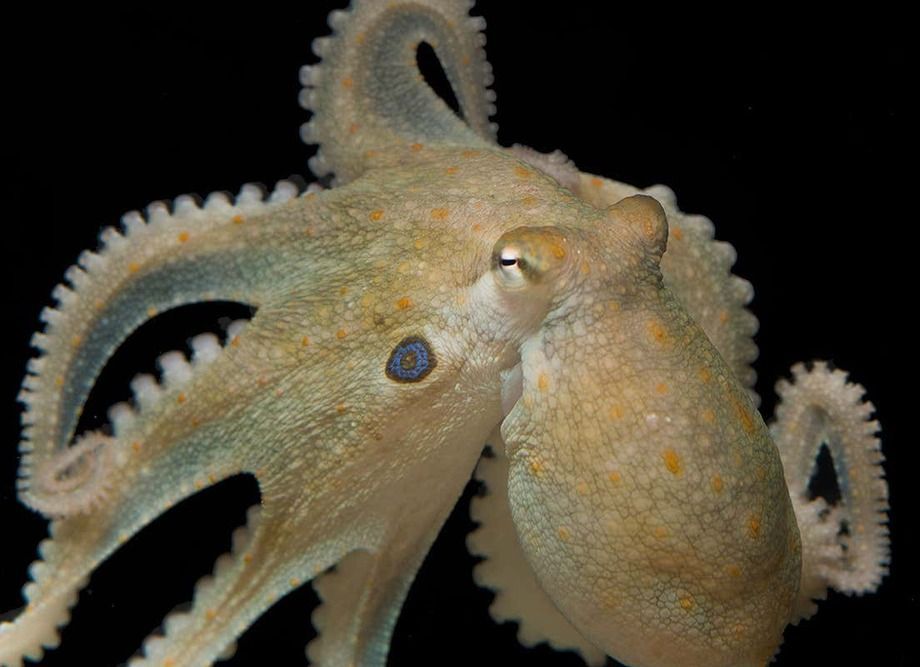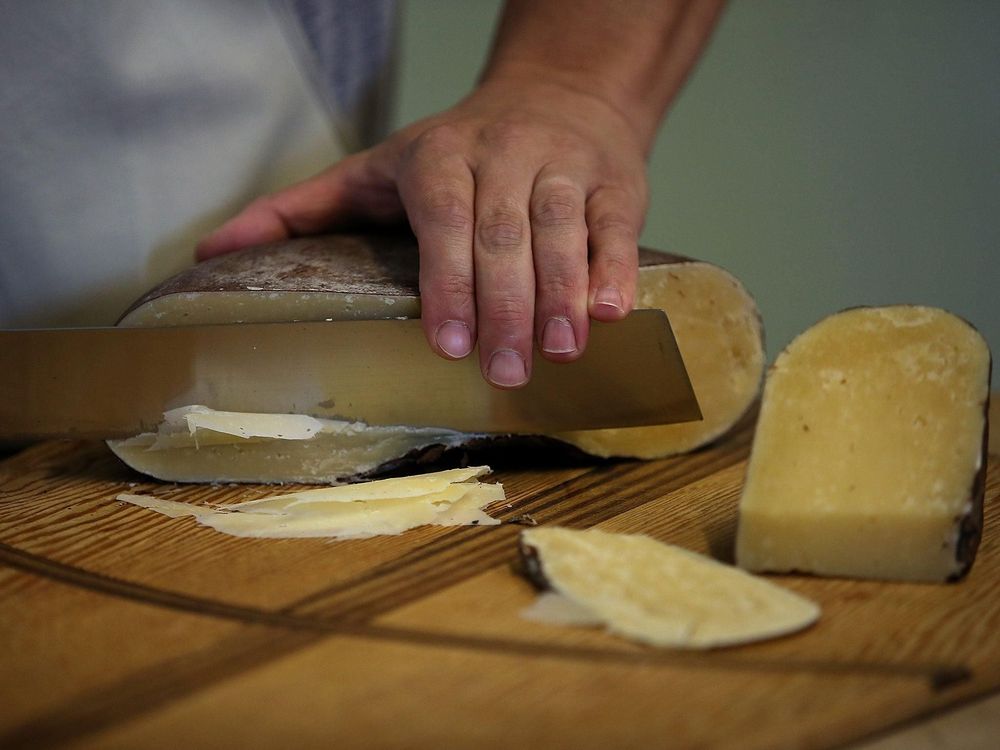Jun 12, 2020
Advanced nanotechnology to improve success of dental implants
Posted by Genevieve Klien in categories: biotech/medical, nanotechnology
A technological advancement that may prove crucial in the long-term success of dental implants has been developed by University of Queensland researchers.
Dr. Karan Gulati, NHMRC Early Career Fellow from the UQ School of Dentistry, said modifying dental implants with ‘nanopores’ will help protect against one of the leading causes of implant failure.
“Poor integration between the implant and the surrounding tissue is one of the leading causes of dental implant failure,” Dr. Gulati said. “If the sealing between the implant and the surrounding gum tissue fails it can result in bacteria entering the implant and causing infection.”
